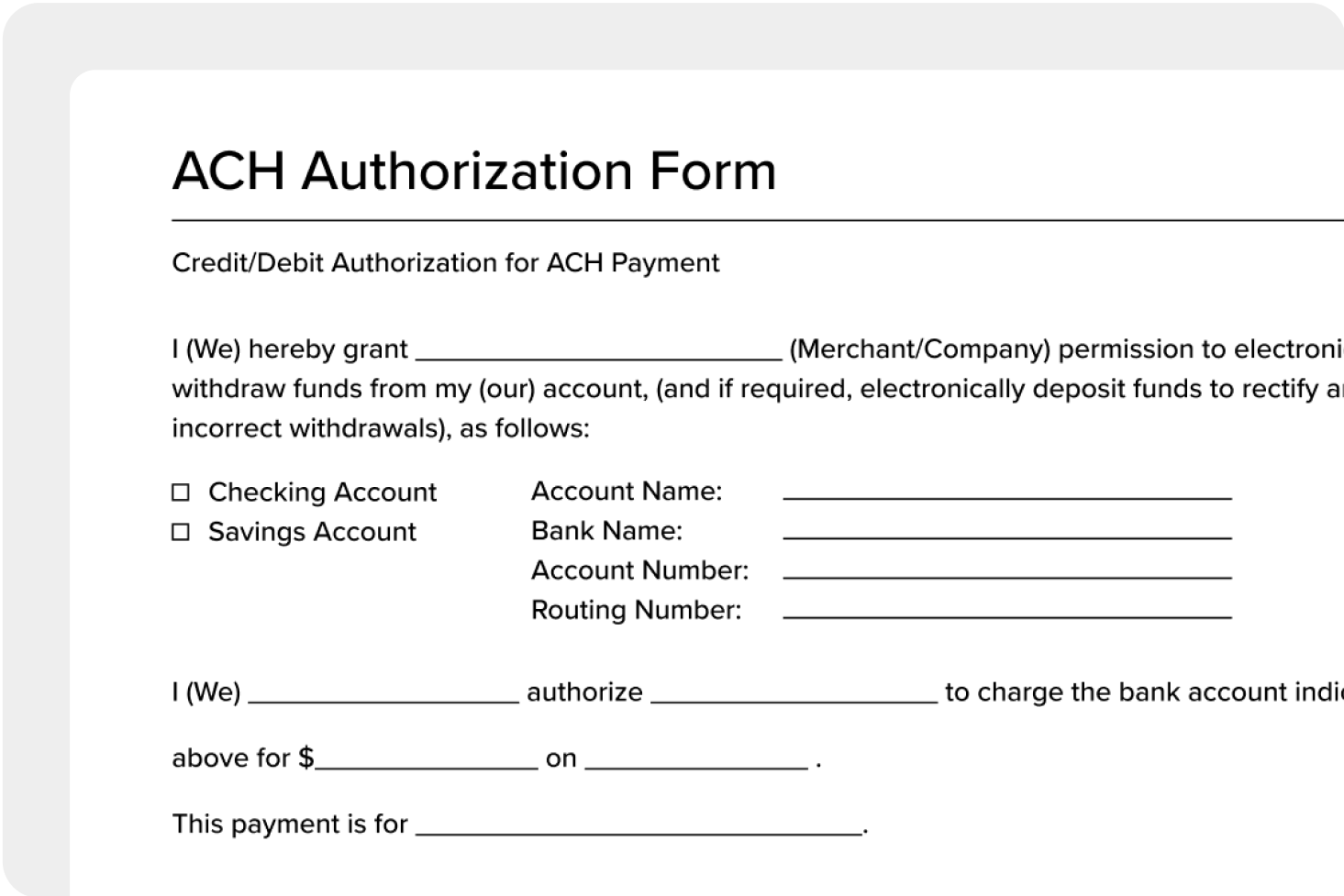What is an international ACH payment?
Unlike regular ACH transfers limited to domestic transactions within the U.S., an international ACH transaction (IAT) facilitates cross-border payments to foreign countries.
With IATs, businesses can make vendor payments, claim payments, and other international transfers.
International ACH transfers offer a more affordable payment method with lower processing fees than traditional wire transfers. International ACH can often be initiated online through banking platforms or third-party apps, providing convenient, real-time access to the transfer status.
To complete an IAT payment, you must understand the steps involved in these cross-border ACH transactions.
How do international ACH transfers work?
IATs facilitate global payments between bank accounts and utilize local equivalents of the ACH system to connect financial institutions.
To initiate an international ACH transfer, you can follow these three steps:
- Ensure that your bank supports international ACH payments, as not all banks provide this service.
- Collect and provide the payee’s essential details, such as the recipient’s name, address, account number, and routing number.
- Confirm the payment information and complete the transaction online, over the phone, or in person via your bank.
IAT transfer times can vary and be subject to specific regulations and documentation requirements based on destination and local processing. Additional documentation may include providing a valid reason for the payment and details about the company.
By following these steps and federal regulations, international ACH transfers can be a reliable way for individuals and businesses to handle cross-border transactions securely and efficiently.
Understanding the differences in facilitating domestic and international ACH payments is also helpful.
What is the difference between ACH and international ACH?
International and domestic ACH transactions vary by rules and methods based on where you send these payments.
ACH is a payment system used for domestic transactions within the U.S. that electronically transfers funds between two bank accounts for payroll, bill payments, or vendor transactions. ACH transfers are typically processed in a few business days with minimal fees.
ACH transfer limitations can vary widely and are typically set by individual banks or financial institutions. ACH transfer limits may include both daily and per-transaction limits. The specific limits depend on the financial institution’s policies and your account type.
International ACH transfers involve transferring funds outside the U.S. to recipients in foreign countries. Unlike regular ACH transfers, IAT payments require extra compliance with federal regulations, potentially leading to different timelines and fees. Specific payment details are needed, and transfers are facilitated through local networks in the sender and recipient countries.
IAT limitations may vary based on bank policies and country restrictions. Consult with a relationship manager or the respective bank for specific transaction limits and requirements.
While ACH and IAT are in the same payment network, they each serve different purposes. IAT is one of the options available when it comes to international payments.
Alongside IATs, wire transfers offer an alternative option to transfer funds internationally.
International ACH vs wire transfer
While IATs and wire transfers facilitate payments across borders, they differ in speed, cost, transfer network, and more.
IAT transactions move funds across borders through local networks in the sender and recipient countries and require compliance with federal regulations due to international transactions, which may lead to longer processing times and more fees.
Wire transfers directly move funds between bank accounts via secure electronic networks such as the Society for Worldwide Interbank Financial (SWIFT). Wire transfers are faster than international ACH transfers since they offer real-time or near real-time transfers, but they accrue higher fees due to their speed and security.
When considering international payments, businesses and individuals should assess their needs regarding transfer speed, cost, and security.
Choosing the best international payment method for your business
Companies collaborating with teams across worldwide, whether it’s working with partners, managing different offices, or dealing with clients from different countries, will find international ACH transfers or other global payment methods beneficial.
While IATs simplify sending and receiving payments across borders, you should consider the specific restrictions and requirements to see if these payments fit your business model.
More articles you might like:
CONTENTS
From direct deposit to bill payments, the ACH network shapes the landscape of electronic fund transfers. ACH extends its influence across various areas to move funds between businesses, individuals, and financial institutions.
- 1
- 2
- 3
- 4
- 5
- 6
- 7
- 8
- 9
- 10
- 11
- 12
- 13
- 14
- 15
- 16
- 17
- 18
- 19
